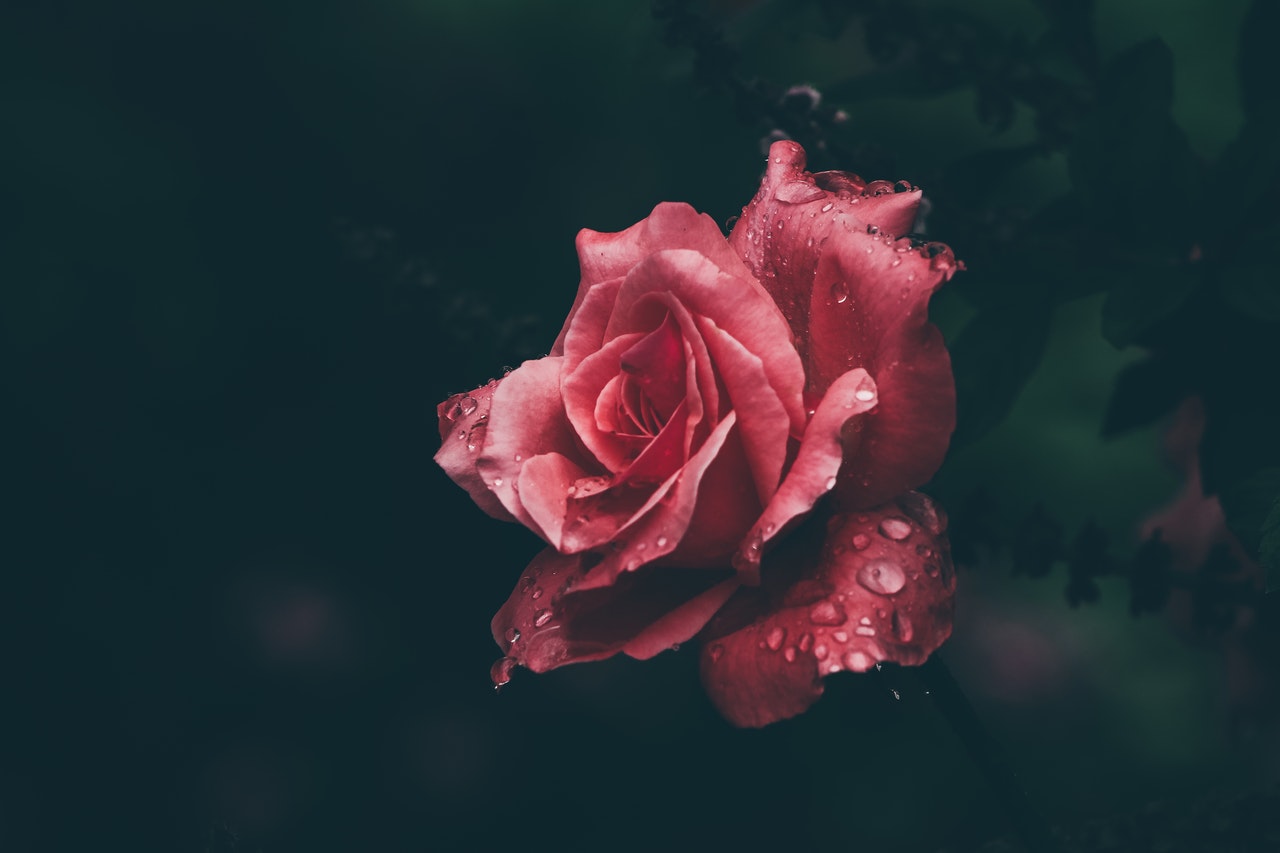Congratulations on your appointment at T.H.E. What are your plans (both “big picture” and otherwise)?
Thank you! In terms of working with T.H.E, one of my goals is to create a full-length work. There are a few themes I’m interested in exploring, and one of these was triggered by a recent trip to Jakarta, Indonesia. Simply being in that environment was a huge inspiration—the culture, smells, sounds; everything was so different from Singapore’s clean environment. The gritty pollution and vibrant chaos appealed to me, it revealed the most genuine, human aspects of society.
What was even more amazing was that I met an Indonesian student dancer who had just returned from a trip to Singapore, and he spoke about how the culture and environment in Singapore left a deep impression on him. That struck a chord with me, how we were on such similar wavelengths. So I started speaking to more Indonesian artists on the possibility of working together and we’ve definitely sown the seeds for future collaborations.
Another point of inspiration was an old Charlie Chaplin video I’d watched on Youtube, which addressed concerns on humanity and racism; subjects that speak to me powerfully. I thought it would be interesting to create a solo out of that composition and extend it to a longer creation through collaborating with one of the T.H.E dancers, Lee Mun Wai. These are all possibilities that I’m exploring, so hopefully they’ll come to fruition soon!
What inspires you?
Music inspires me to create. I can listen to a piece of music and visualize how the choreography would look like in my head. Hence as a choreographer my works are much more movement-centered than they are narrative; it’s not as interesting to me if I have to stick to a story-driven arc because I believe there’s a storyline inherent in the music. Some choreographers are able to draw inspiration from their environs and translate the stories and situations they see, hear, or experience, into movement. I really admire and respect that, but it’s also why I can’t understand some contemporary dance works!
People inspire me as well. The people I work with, especially dancers, are a constant source of inspiration when they move in their own unique style, with their own understanding of my choreography. Dance for me isn’t static and solely dictated by the choreographer. It requires a constant dialog between the choreographer and the dancers.
What’s the process like for transforming inspiration into a solid work of art?
Choreographically, I like to explore with the dancers in a collaborative process. As I mentioned earlier, movement often appears in a more abstract form to me, so how this translates into actual performance depends hugely on the dancers interpreting and making tangible what I communicate to them.
Apart from this, there are numerous other elements that need to be aligned in the entire creative process, such as the sound, lighting, etc. I create the frame, and the lighting designer, sound artist, set designer fill in different portions and shades to enhance the choreography. We have to work closely so that everyone shares the same creative vision. Audiences often credit the success of a production to the choreographer, but they overlook the fact that it requires a skillful blend of these different elements. Without the professional and artistic understanding that our collaborators bring to the table, many productions would certainly fall short.
What do you think of the dance scene in Singapore? What do you like about it, and where can we do better?
I’m happy to see that there are many contemporary dance groups emerging in Singapore. But it’s a double-edged sword—will they be able to make it, financially? Is this merely a trend that everyone is jumping on? Currently there’s a lot of support from the National Arts Council in terms of funding. They are very much willing to aid dance groups financially, but with a growing number of companies there comes not just the plus point of greater diversity and vibrancy, but also a real stretch on the resources available. That’s why we urgently need alternative sources of funding, and one under-tapped source is corporate sponsorship.
It’s common to see large corporations funding theatre companies because of their commercial appeal and high profile productions. Hence I think there’s an added challenge for dance companies to have corporations recognize the value of our work—we need to be more active in seeking out opportunities but at the same time these corporations must be open and receptive to us.
What do you do to wind down when you need a break from work?
I like to go away to resorts and have long relaxing massages. That’s my downtime, stepping into the calming surrounds of a resort and getting away from the stress of daily life. When it’s sun, sand and sea around you everyday, you really get to thinking about the basics; what you want out of life, how much you want to sacrifice for work, and whether it’s worth it. I’ve also been thinking of going on overseas volunteer trips to developing countries, and helping the children by teaching them dance, or buying books for them.
Do you have any hidden talents?
I wanted to be an actor even before I became a dancer! It’s not exactly a hidden talent, more like an unrealised dream. And I wanted to be a TV actor, not a theatre actor—if I were to be a theatre actor I’d want to learn how to sing. But my singing is horrible. I’ll sing in the car when I’m with friends, and they’ll always tell me to stick to my day job!
See Jeffrey Tan’s latest work at T.H.E 5th Anniversary Celebrations: New Vision from Sep 13-15.





